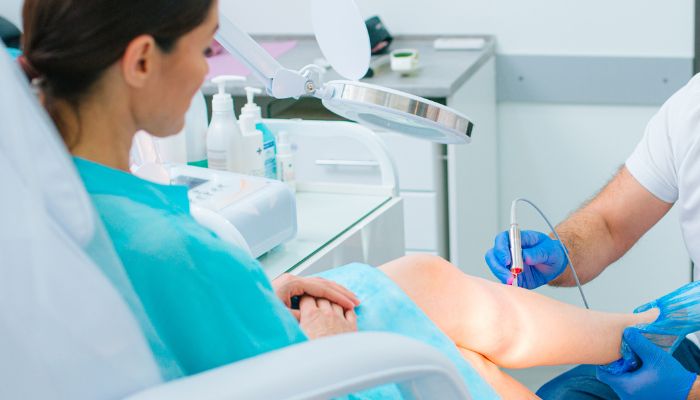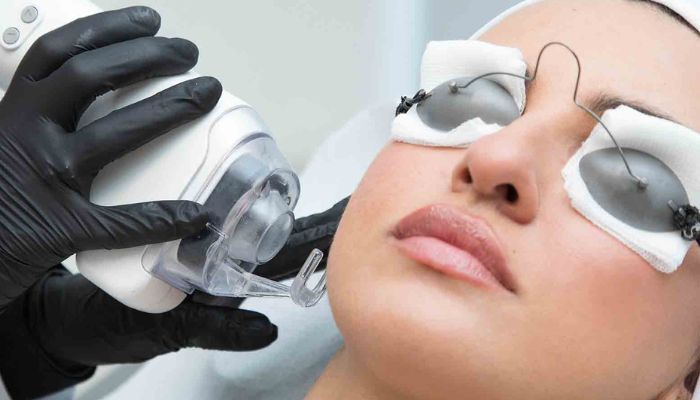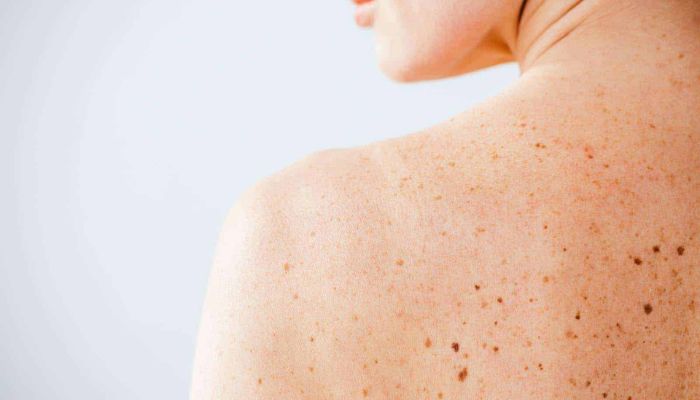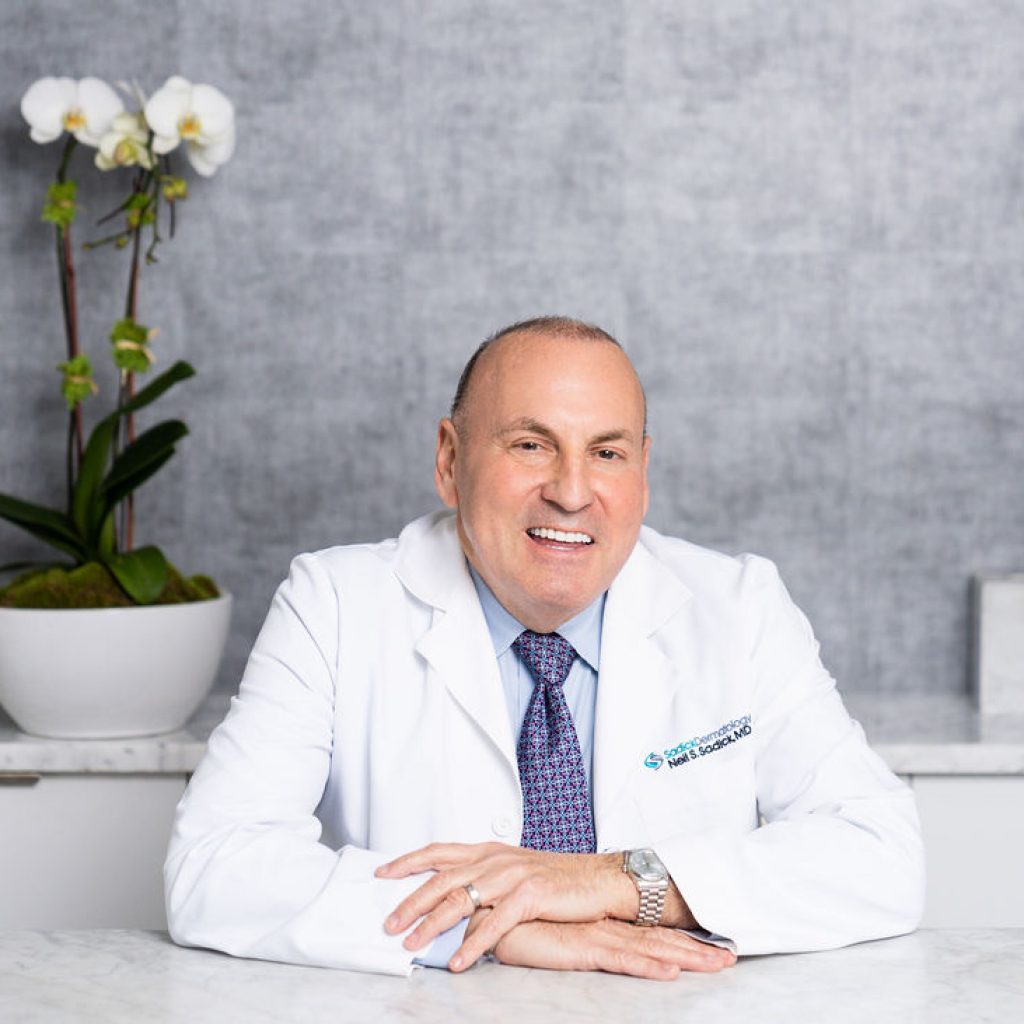Varicose veins are a common medical condition that affects millions of people around the world. They occur when the veins in your legs become enlarged, twisted, and swollen, causing discomfort, pain, and other symptoms. If you are experiencing varicose veins, it’s important to seek treatment from a qualified vein doctor who can help relieve your symptoms and improve your quality of life. In this blog, we’ll explore how the best vein doctor in NYC – Dr. Sadick, can help you find relief from varicose veins and get back to feeling your best.
Table of Contents
Causes Of Varicose Veins
Varicose veins are a common condition that can occur when the veins in the legs become swollen and twisted, causing discomfort and pain. There are several factors that can contribute to the development of varicose veins, including genetics, age, pregnancy, and lifestyle factors such as prolonged sitting or standing. Understanding the underlying causes of varicose veins can help individuals take steps to prevent or manage this condition.
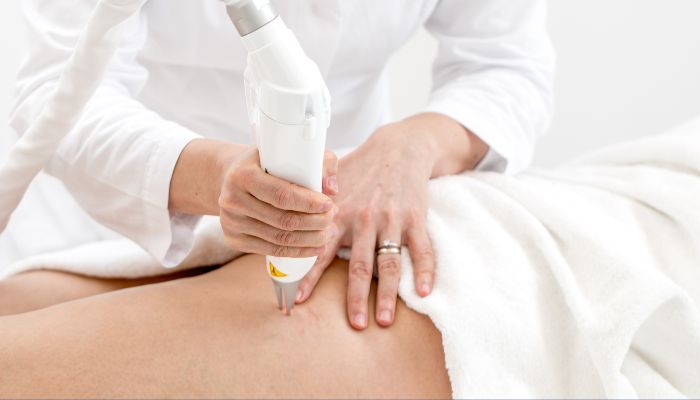
What Are The Treatment Options For Varicose Veins?
At Sadick Dermatology, we offer the latest and most effective varicose vein treatments. Our team of experienced and skilled vein specialists uses state-of-the-art technology and advanced techniques to address each patient’s unique needs. We provide a comprehensive range of treatment options to help alleviate your varicose veins’ pain and discomfort. With personalized care and attention, we strive to help each patient achieve healthier legs.
Sclerotherapy
Sclerotherapy is a medical procedure used to treat varicose veins and spider veins. It involves injecting a solution, known as a sclerosant, into the affected veins. The sclerosant causes the veins to collapse and eventually disappear, improving the appearance of the skin and alleviating any symptoms associated with varicose veins.
During the procedure, a vein specialist will use a very fine needle to inject the sclerosant solution directly into the affected vein. The solution irritates the lining of the vein, causing it to swell and stick together. Over time, the body absorbs the treated vein, and blood is redirected to healthier veins.
Sclerotherapy is typically performed in an outpatient setting and does not require anesthesia. The procedure usually takes about 30 minutes to an hour, depending on the number and size of the veins being treated.
After the treatment, patients are usually able to resume their normal activities immediately. However, it is recommended to avoid strenuous exercise and prolonged standing for several days following the procedure. Patients may experience some mild discomfort, bruising, or swelling in the treated area, which typically resolves within a few days to a few weeks.
Sclerotherapy can be an effective and safe treatment option for varicose veins and spider veins. However, the suitability of sclerotherapy for varicose veins depends on the severity of the condition and other individual factors. It’s best to consult with a vein specialist to determine the best treatment plan for your specific needs.
Endovenous Laser Treatment (EVLT)
Endovenous laser treatment (EVLT) is a minimally invasive treatment option for varicose veins that uses laser energy to close off the affected vein. During the procedure, a small incision is made near the affected vein, and a thin laser fiber is inserted into the vein. The laser energy is then delivered to the inside of the vein, causing it to heat up and collapse. Once the vein is closed off, the blood flow is redirected to healthier veins, reducing the appearance of varicose veins and improving overall circulation. Before and during the procedure, your healthcare provider will utilize a Doppler ultrasound device to examine the affected vein. This diagnostic technique employs sound waves to create a visual representation of the vein on a computer monitor.
EVLT is typically performed on an outpatient basis and does not require general anesthesia, allowing patients to resume normal activities immediately after the procedure. It is considered a safe and effective treatment option for many patients with varicose veins. However, as with any medical procedure, there are potential risks and complications, which can be discussed with a vein specialist.
Phlebectomy
Phlebectomy is a minimally invasive treatment option for varicose veins located close to the skin’s surface on the leg. It involves making small incisions in the skin and using a specialized instrument to remove the affected vein through the incision. This procedure is typically used for small- to medium-size varicose veins.
During a phlebectomy, the patient is typically given local anesthesia to numb the area where the incisions will be made. The surgeon then makes small incisions and uses a small hook-like instrument to remove the affected vein. The incisions are typically small enough that no stitches are required, and the procedure usually takes about an hour to complete.
Phlebectomy is a safe and effective treatment option for varicose veins, with a high success rate and minimal risk of complications. The procedure is typically performed on an outpatient basis, so patients can usually return home the same day.
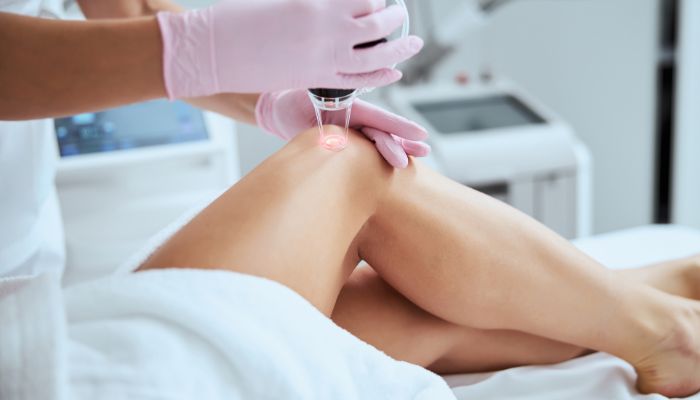
How to Prevent Varicose Veins
Here are seven tips that can help prevent varicose veins:
– Exercise regularly: Regular exercise, such as walking or running, can help improve circulation and strengthen the muscles that support your veins.
– Maintain a healthy weight: Being overweight or obese puts extra pressure on your veins, which can increase the risk of varicose veins.
– Elevate your legs: Elevating your legs above your heart for 15-20 minutes a few times a day can help improve circulation and reduce swelling.
– Avoid prolonged sitting or standing: Sitting or standing for long periods of time can put added pressure on your veins, so take breaks and move around every 30 minutes or so.
– Wear compression stockings: Compression stockings can help improve circulation and reduce swelling in the legs. They are especially helpful for individuals who spend a lot of time sitting or standing.
– Eat a healthy diet: A diet rich in fiber, fruits, and vegetables can help improve circulation and maintain a healthy weight.
– Don’t cross your legs: Crossing your legs can restrict blood flow and put pressure on your veins, so try to avoid this position for extended periods of time.
How Are Varicose Veins Diagnosed?
Varicose veins are typically diagnosed through a physical examination by a qualified healthcare professional, such as a vein specialist. During the examination, the doctor will evaluate the affected area, including any visible veins, and may ask about symptoms such as pain, swelling, or discomfort.
Performing tests such as ultrasounds or venograms may be crucial in some cases to ensure that other disorders such as blood clots or blockages are not causing the pain and swelling in your legs. By obtaining an accurate diagnosis, your doctor can recommend the most effective treatment options to address your varicose veins and improve your overall well-being.
Conclusion
In conclusion, varicose veins can be a painful and unsightly condition that can significantly affect your quality of life. Fortunately, there are many treatment options available, and seeking the help of the best vein doctor in NYC – Dr. Sadick, can provide you with relief and improve your overall well-being. With the latest technology and Dr. Sadick’s expertise, you can find the most effective treatment plan to address your unique needs and regain confidence in your appearance. Don’t suffer in silence. Take the first step towards healthier, happier legs today.
